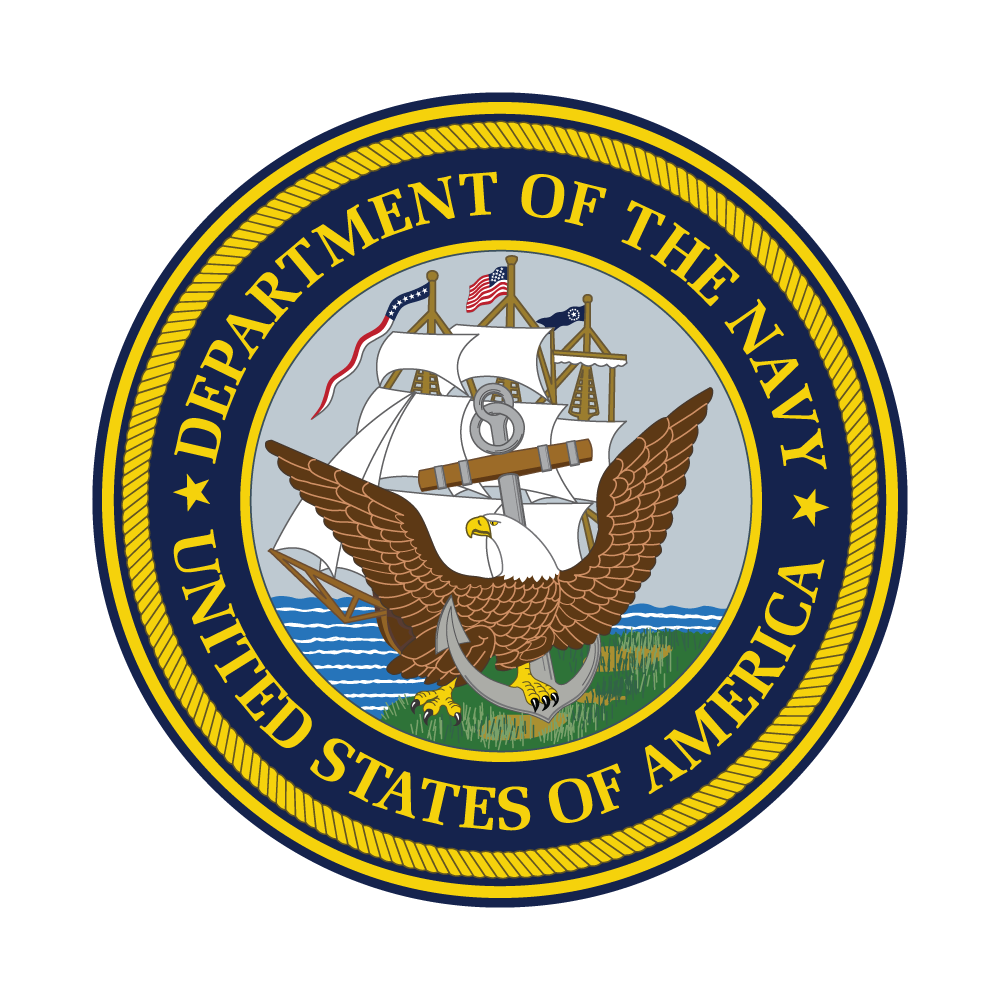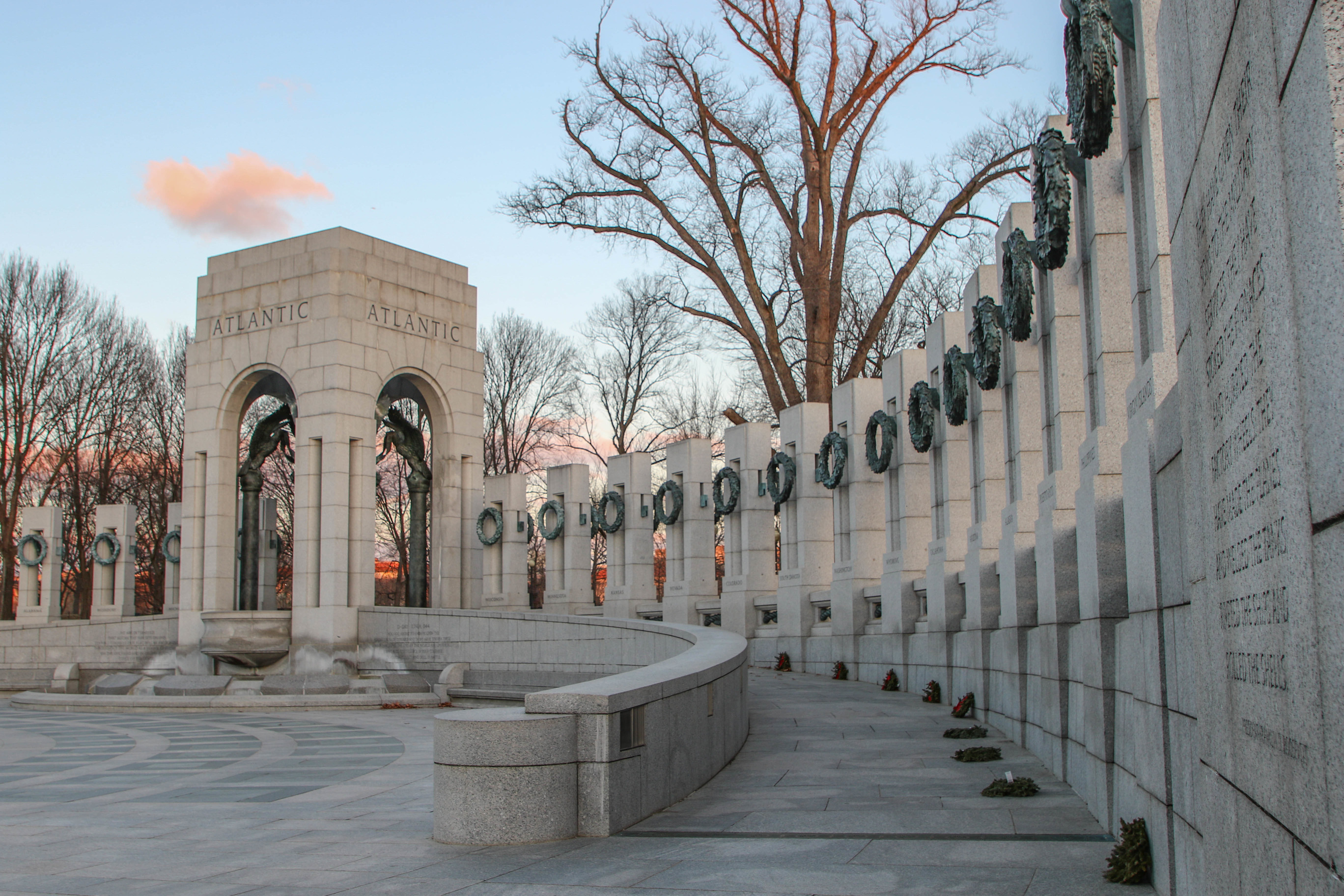World War II Honoree
Killed in World War II
Earl Thomas Baird
Branch of Service
U.S. Navy
Hometown
Hobart, Oklahoma
Honored By
Preston White
Relationship
In honor of Earl

With his father's permission, Earl enlisted in Dallas, TX into the US Navy (NSN: 356-50-37) on 30 Jan 1941 as an Apprentice Seaman (A.S.). He was sent to the Naval Training Station in San Diego for recruit training. During that training he sat for an aptitude test in which he scored highest in communications. After he completed recruit training, AS Baird was selected to attend the 17 week service Communications Service School (Class A) at the Naval Air Station (NAS), San Diego which began 31 Mar 1941. While he was in school, AS Baird advanced in rate to Seaman Second Class (S2c) on 30 May 1941. He completed the communications school in late July 1941 and was designated a radioman striker, S2c. Baird detached from NAS San Diego and transferred to the receiving station, San Diego on 31 July 1941. He detached from the receiving station San Diego on 09 Aug 1941 and transferred to Torpedo Squadron Five (VT-5) via the receiving station, Norfolk, VA. VT-5 was attached to the aircraft carrier, USS Yorktown (CV-5). On 12 May 1941, Yorktown arrived at Bermuda to begin Neutrality patrols in the Atlantic ranging from Bermuda to Argentia, Newfoundland enforcing US Neutrality. During one of those patrols in late Oct 1941, the Yorktown's escorts made submarine contact that was prosecuted by seaborne and airborne assets of the escort group. After numerous depth charge attacks the escorts spotted an oil slick but no wreckage. In a letter in late Oct 1941 to his sister, Mrs Monroe McGuire, who he addressed as "Sis," Baird said that he was very glad to hear from her as he had just about given up hope of receiving any mail. He told her about being at sea for several weeks and coming within 300 miles of the Irish coast. He also said that the Yorktown was lucky enough to miss being hit by two torpedoes fired at the ship. He told his sister that he fires a gun during gunnery practice when he's flying and that it takes a lot of practice to hit the target that's also moving. He said that the Yorktown was expected to return to the West Coast in May or June 1942. He closed by asking her to answer soon. Yorktown completed the last of four Neutrality patrols in November 1941 and returned to Norfolk, VA on 2 Dec 1941. She was inport Norfolk on 07 Dec 1941. She soon repositioned to the Pacific where she participated in raids on Japanese forward bases in the Marshall and Gilbert Islands. Yorktown's air group also participated in raids on Japanese shipping of Lae and Salamaua, New Guinea on 10 Mar 1942. Several months later, Yorktown engaged in raids against Tulagi on 4 May 1942 and in the Battle of the Coral Sea (7-8 May 1942) during which the Yorktown was damaged. She returned as quickly as possible to Pearl Harbor docking on 27 May 1942. She was hastily repaired in order that she might join the US forces preparing for the Battle of Midway. During the few days inport (27-29 May), the Yorktown Air Group was broken up much to the consternation of Admiral Fletcher and Captain Buckmaster (Yorktown CO). The stated reason for the break-up was to help fill-out other newly forming squadrons. Yorktown squadrons, Fighting Forty Two (VF-42), Torpedo Five (VT-5), and Scouting Five (VS-5), were ordered to remain ashore when Yorktown repairs were completed. Only Lt. Wally Short's Bombing Five (VB-5) would be retained on board. It is not known why Seaman First Class (S1c) Baird (advanced in rate to S1c) remained on board the Yorktown when his squadron was sent ashore. Another VT-5 enlisted member, S2c Harry G. Selle, also remained behind. They may have been tasked to provide assistance to the Saratoga's airgroup who replaced most of Yorktown's air group and had no experience with Yorktown. However, that doesn't seem plausible as they were very junior personnel. In another scenario, the two aviation radiomen may have been temporarily assigned to one of the new squadrons to "fill out" their aviation radioman ranks. Enterprise got underway from Pearl Harbor on 28 May 1942, and with USS Hornet (CV-8), steamed toward a point Northeast of Midway called "Point Luck." USS Yorktown (CV-5) followed a short time later. Early on the morning of 4 Jun 1942, the three US Carriers began launching their attack packages to find and sink the Japanese forces approaching Midway. While US aircraft losses in the ensuing air battle where high the Japanese lost three of their front line carriers late in the morning. Only Hiryu remained unscathed. Early in the afternoon of 4 Jun 1942, the Japanese aircraft carrier, Hiryu, launched 18 "Val" dive bombers to find the American force near Midway. Yorktown was spotted about 1330 and despite vigorous opposition by American fighters, three Vals scored 3 hits causing explosions and fires in various parts of the ship. It would seem that it was during this attack that Baird and Selle were killed as each was recorded as missing in action on 04 June 1942 and presumed dead on 5 June 1943. Their remains were unrecoverable. S1c Baird was awarded (posthumously) the Purple Heart, American Defense Medal with bronze "A," Asiatic-Pacific Campaign Medal with two bronze stars, possibly the American Campaign Medal, and the World War II Victory Medal. The bronze "A" was for contact with Axis forces in the Atlantic between 21 Sept and 11 Oct 1941. He may also be eligible for the Combat Action Ribbon since he was not in aerial combat.
